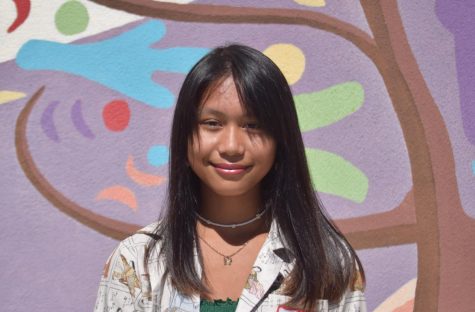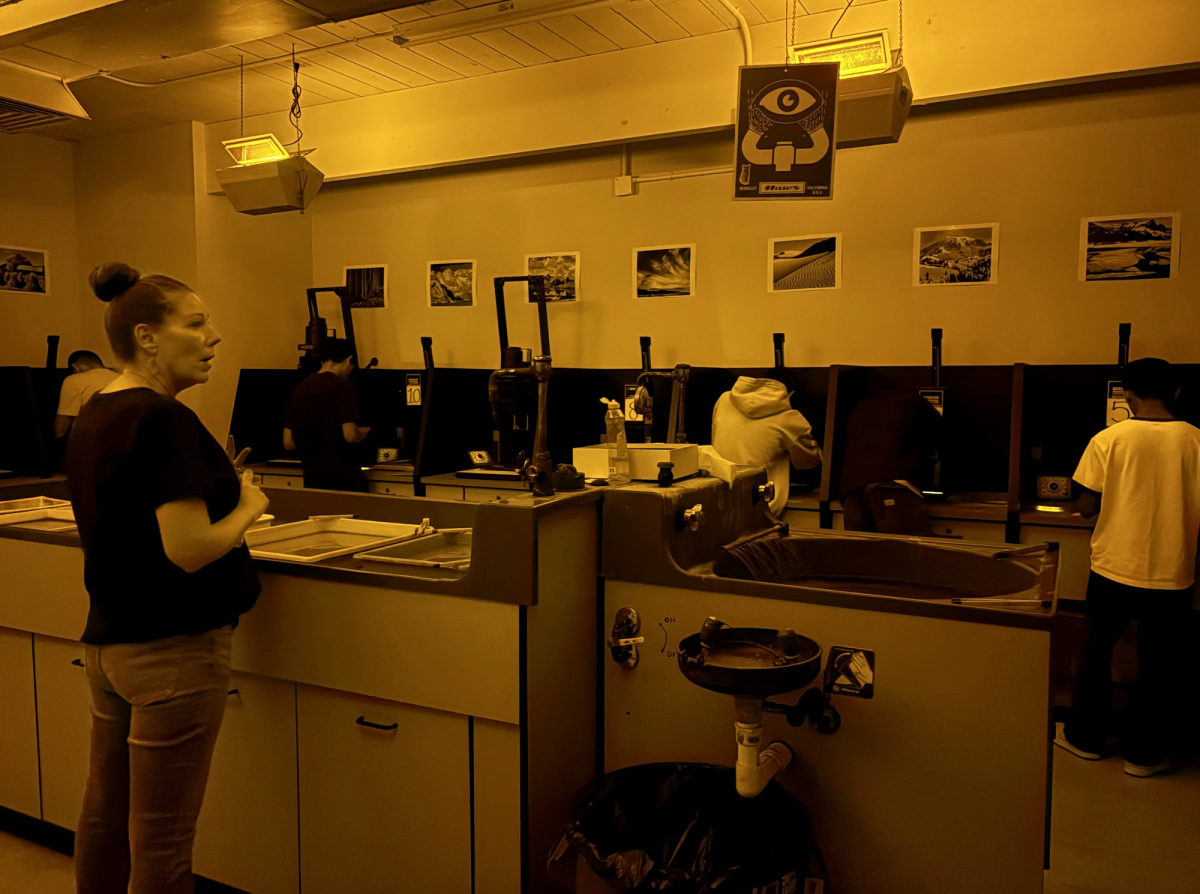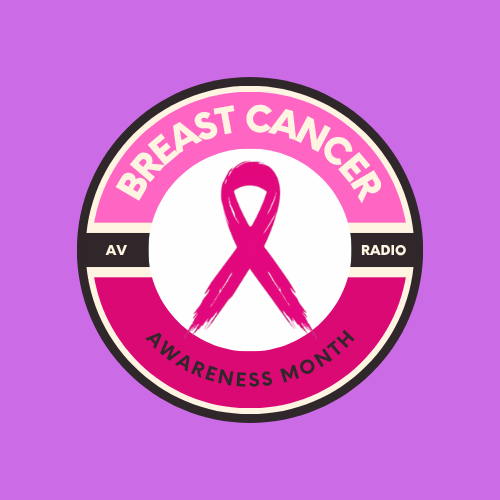‘The Boys in the Band’: A Step Forward for Queer Representation
The Boys in the Band tells the story of a gathering of gay men interrupted by a visitor.
October 14, 2020
Hollywood has never been the ideal for queer representation. Historically, homosexuality was portrayed only through stereotypes or innuendo, and gay-coded characters were made villains or inferior side characters.
A few creators, however, turned this lack of proper representation into the motivation to create it themselves.
‘The Boys in the Band’ debuted as a 1968 Broadway performance, and its success resulted in a long-running showtime and a film adaptation. It focuses on the reunion of eight gay friends in 1960s America, detailing the events of a single night with poignant wit and humor.
“[T]here were always gay characters [in American plays], but they always [came] to a bad end. It was not a good thing to be gay back then. . .[making the play] was a wonderful creative urge I had. . .fueled by anger from all sides—from the way the world treated gays [to] the way the show business was treating [me],” said playwright and creator Mart Crowley.
The play deals with a myriad of issues that gay men face: internalized and societal homophobia, the development of self-loathing and hopelessness, and the desire for a heterosexual life.
The latest adaptation of ‘The Boys in the Band’ includes an openly gay cast with stars like Jim Parsons and Zachary Quinto. While gay men playing gay characters shouldn’t be an anomaly, Hollywood has continuously prioritized heterosexual actors and therefore diminished representation.
How a community is portrayed has a direct influence on how they will be treated in society. ‘The Boys in the Band’ neither glorifies nor belittles the LGBT community; it is a mere reflection of homosexual life in a time of great difficulty.
“[Film representation] provides a platform for people who are. . .underrepresented in not just film, but [media in general]. . .[T]he overwhelming majority of [LGBT stories] is about the struggle to find acceptance. [We need] characters. . .that [allow] for people in the community to see themselves in stories as heroes, as main characters, [and] as real people. . .whose [sexualities] don’t define their nature but are still a part of them,” said Dahlia Versteeg (‘23).
As an industry, Hollywood has a responsibility to perpetuate and support inclusivity. There is no doubt that it is moving in the right direction with movies such as ‘The Boys in the’ Band.





